Types of bike: Everything you need to know and how to pick the right bike for you
All the different types of bikes, and how to find the one that fits your needs

One hundred years ago, there was one basic bicycle type: frame, two wheels, narrow tyres, rim brakes, saddle, and handlebars. Nowadays, there are disc brakes, flat bars, knobby tyres, folding frames, and even suspension forks on bicycles. It seems that every year some new piece of technology – or even a whole new kind of bike – hits the market.
In this article, we’ll cover the gamut of bicycles, from the best road bikes and mountain bikes, to the more fringe styles of BMX bikes and the best folding bikes, not to mention the best hybrid bikes and electric bikes for commuting. At the end of this article, we’ll help you determine which kind of bike is best for you.

Road bikes
Reasons to buy
Reasons to avoid
With drop bars and lightweight frames, the best road bikes are designed for fast tarmac riding and long, paved climbs. The choice of Tour de France riders and club ride enthusiasts, the road bike is designed to be aerodynamic and efficient, with skinny tyres meant for paved surfaces. Road bikes are one of the fastest types of bikes on concrete, and are perfect for cyclists who value speed, performance, and lightweight materials. Many road bikes nowadays come with disc brakes, although older models are likely to have rim brakes.
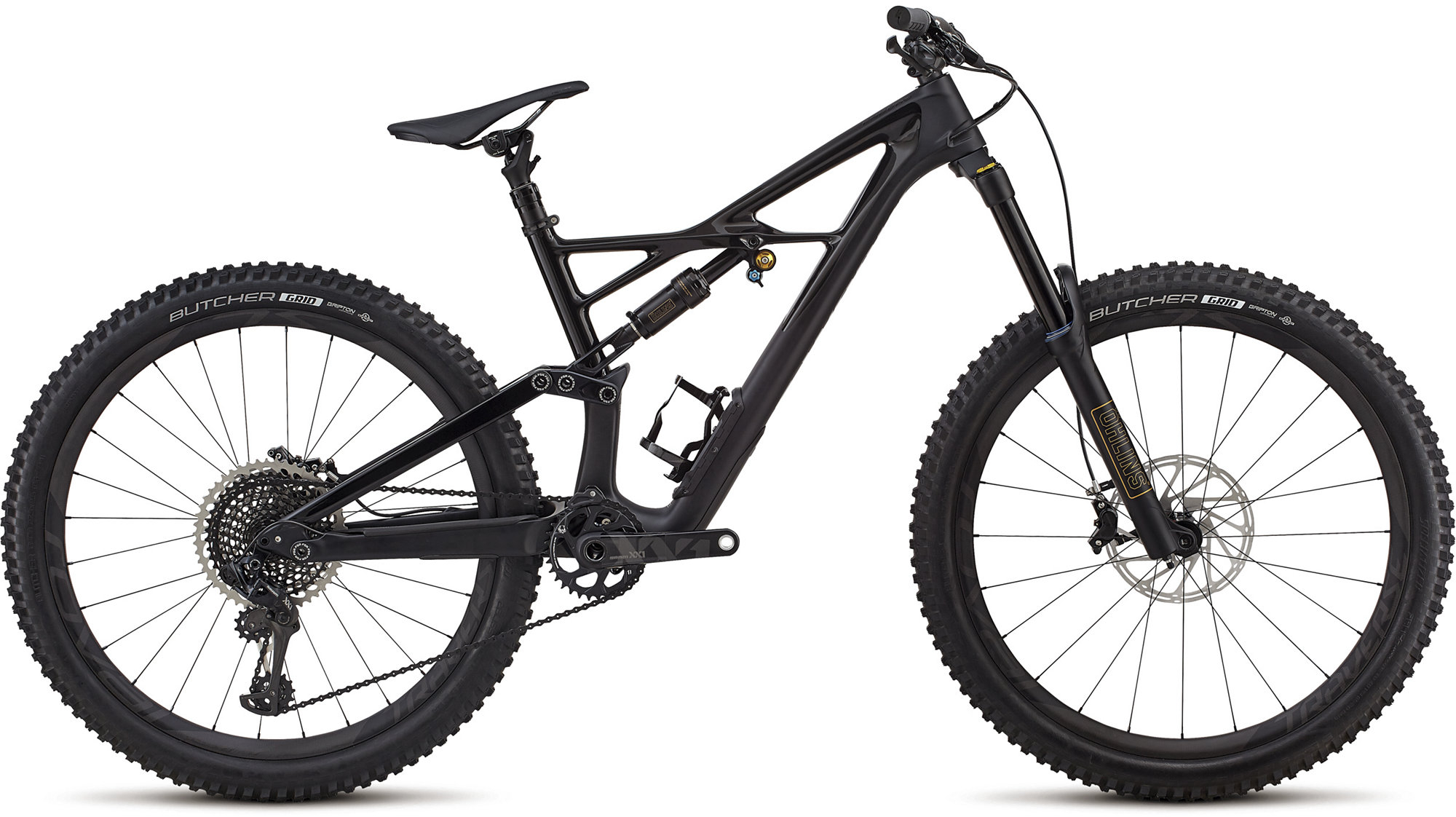
Mountain bikes
Reasons to buy
Reasons to avoid
Meant for serious off-road riding, the best mountain bikes are designed to handle all sorts of trails, single-track, and gnarly downhills. The wide and flat handlebars will put you in a more upright position compared to other bikes, and improve your handling, especially in tight corners. Disc brakes can be found on any and every mountain bike, with bigger rotors on full suspension mountain bikes for better braking performance on steep descents.
Hardtail mountain bikes (front suspension only) are lighter and more affordable than full suspension mountain bikes, and are used in most mountain bike racing such as short track cross-country. The super wide knobby tyres on mountain bikes help them handle all sorts of terrain, including dirt trails, ruts, roots, rock gardens, and even jumps.
However all the features that make mountain bikes fast and comfortable off-road make them slow on tarmac. Their heavy frames will be even harder to get up steep road climbs, as mountain bikes are designed for off-road riding and loose surfaces.
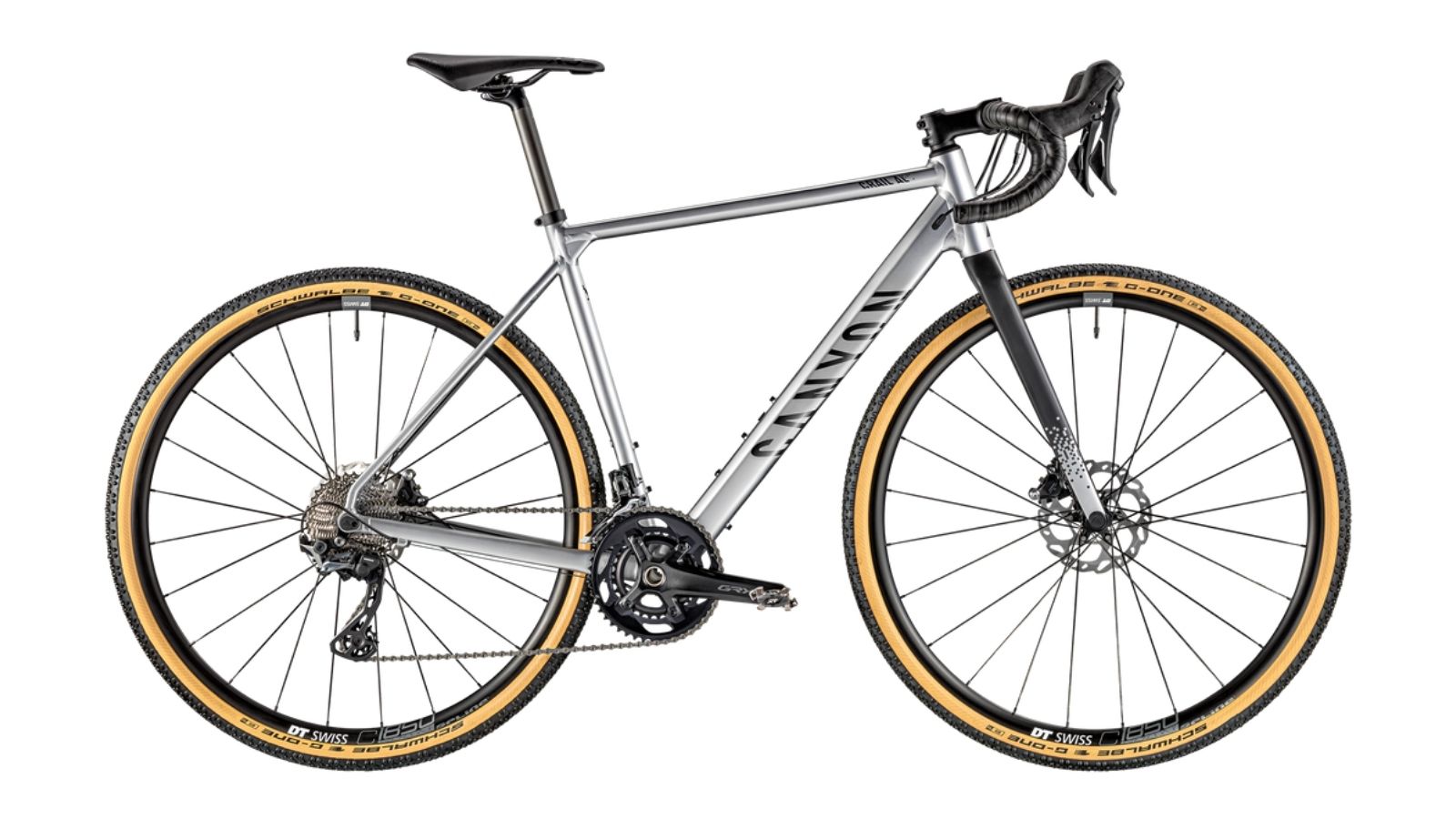
Gravel bike
Reasons to buy
Reasons to avoid
The boom of gravel bikes hit hard and fast just a few years ago, and the most trending bike style is still on the up this year. A mix between a road, mountain, and cyclo-cross bike, the best gravel bike is a fast and well-handling off-road machine designed for all sorts of adventures. Gravel bikes are built with drop bars instead of flat bars, and powerful disc brakes for the steepest descents. Super wide tyre clearance means that you can put everything from a 38mm to 50mm on most gravel bikes, and handle off-road terrain from easy dirt trails and grass single-track, to steep washboard climbs and old, muddy paths. Gravel bikes aren't just for pavement commuters or riders on the cycle path – they are meant for all sorts of off-road riding and exploration on a bike that is both fast and lightweight.
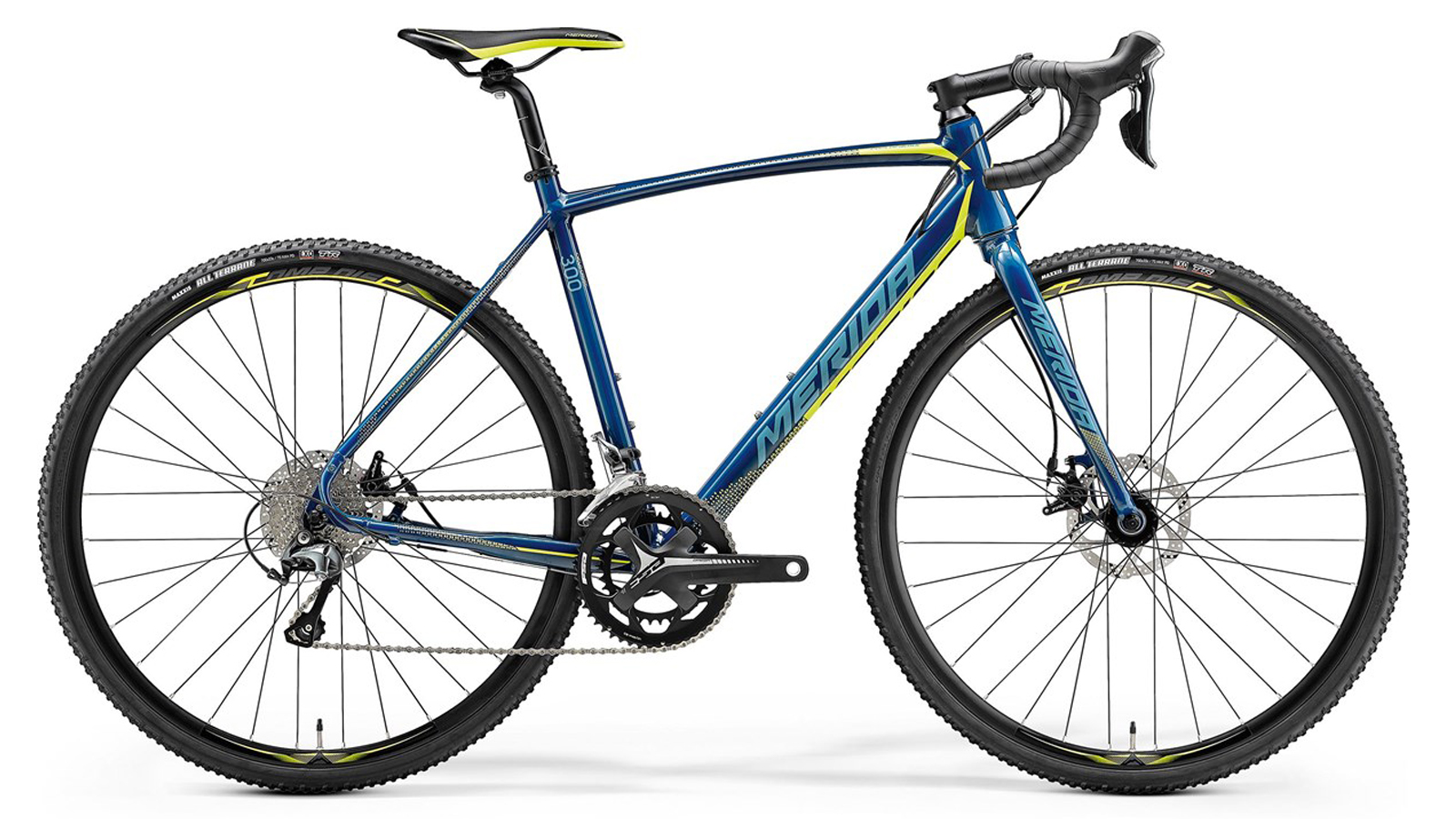
Cyclo-cross bike
Reasons to buy
Reasons to avoid
The features of a cyclo-cross bike are similar to those of a gravel bike, as both are meant to handle well and go fast off-road. However, the best cyclo-cross bikes will have a shorter wheelbase compared to gravel bikes, and narrower tyres that sacrifice comfort for speed. Cyclo-cross bikes are meant for racing on grass, dirt, mud, and a little bit of pavement, so they will often have semi-slick tyres for going fast on all surfaces. Disc brakes give cyclo-cross bikes better braking performance in all weather conditions, while the drop bars give you more options for handling, cornering, and sprinting.
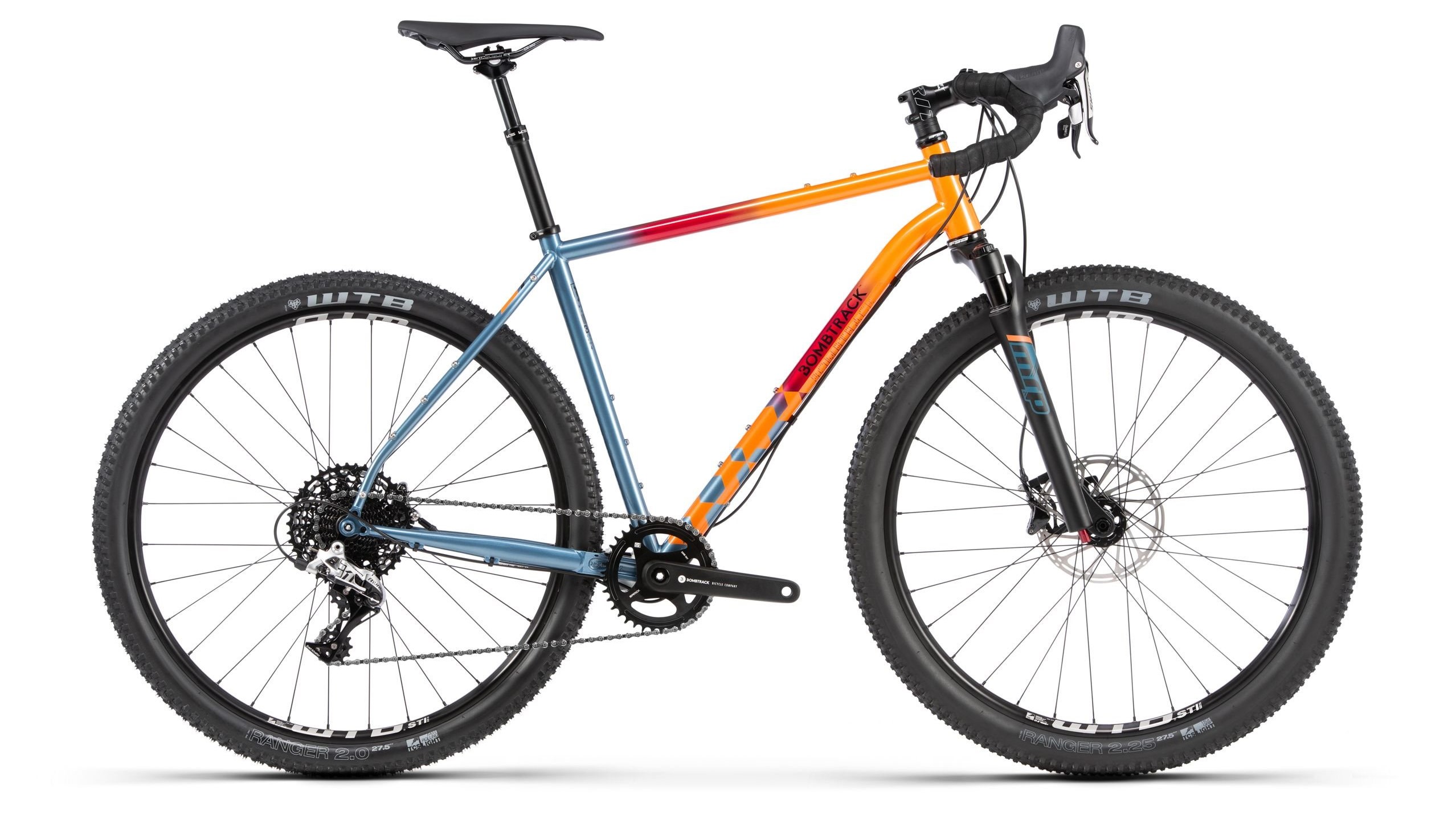
Adventure/Touring
Reasons to buy
Reasons to avoid
Adventure and touring bikes fall somewhere between road, gravel, and mountain bikes, borrowing design features from each that help them handle all kinds of terrain. These bikes are built with drop bars and a road-style frame that strikes the ideal balance between fast, lightweight, and durable. There are luggage and accessory mounts all over these frames for mud guards, packs, lights, bottle cages, and more. Many of these bikes have longer wheelbases than comparable road bikes, which helps distribute weight and improve handling with heavy luggage attached to both the front and rear of the bike. Most adventure and touring bikes have disc brakes for plenty of stopping power, and wide or semi-slick tyres that are designed for pavement and light off-road trails made of dirt or gravel.
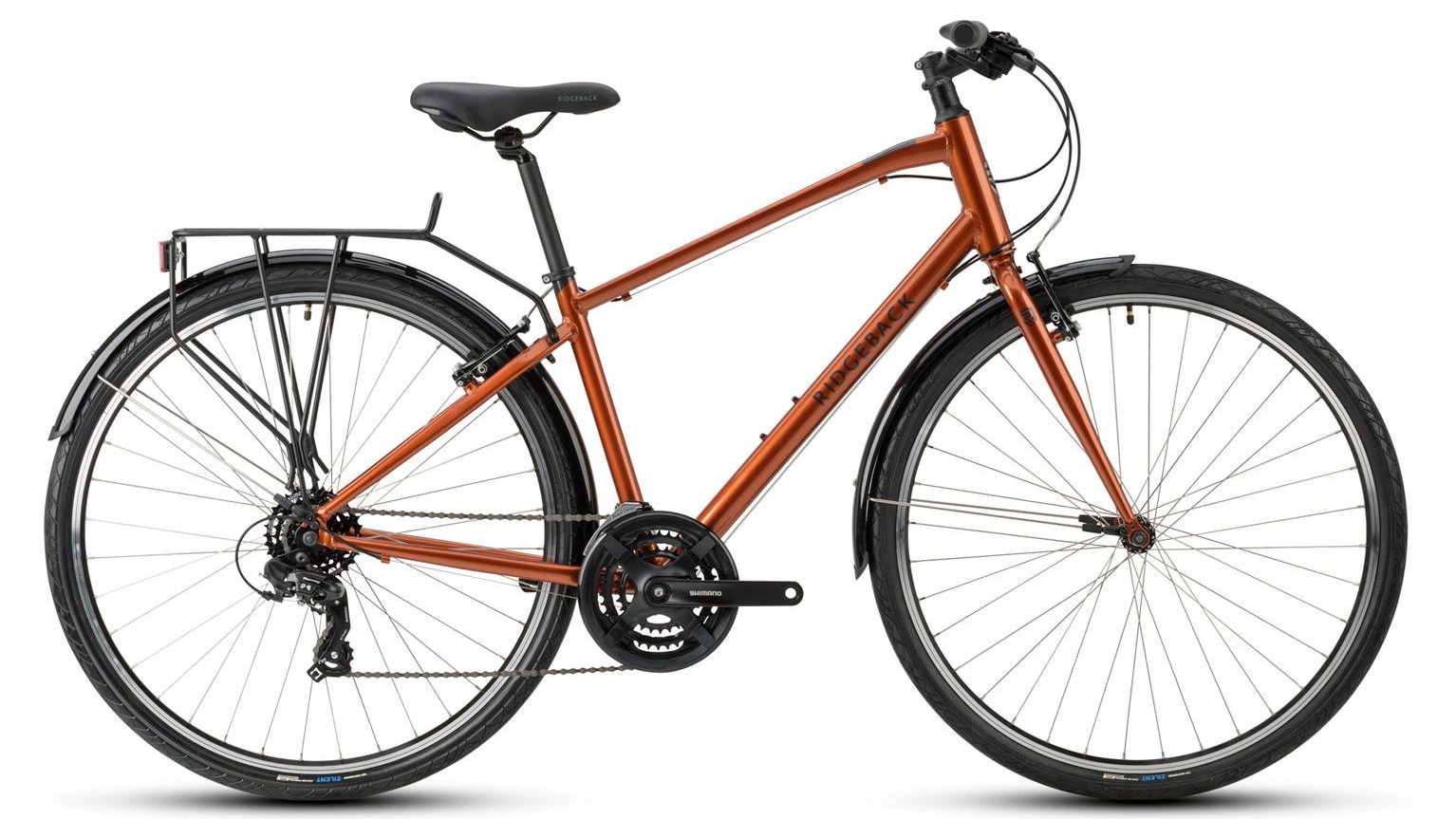
Hybrid
Reasons to buy
Reasons to avoid
The best hybrid bikes are yet another mix of different bike styles, borrowing bits and bobs from road bikes, mountain bikes, and touring bikes. Meant for general riding and some light mixed terrain, hybrid bikes can be seen as the ‘best all-rounder’ among bike types. With flat bars, disc brakes, and wide, semi-slick tyres, hybrids work well on everything from pavement and city streets, to light gravel and dirt trails. Hybrids offer a comfortable and upright riding position that is perfect for commuters and beginner-level riders. Many models have mounts for lights, mud guards, and racks, as well as room for wide tyres, and disc brakes that perform well in wet weather conditions.
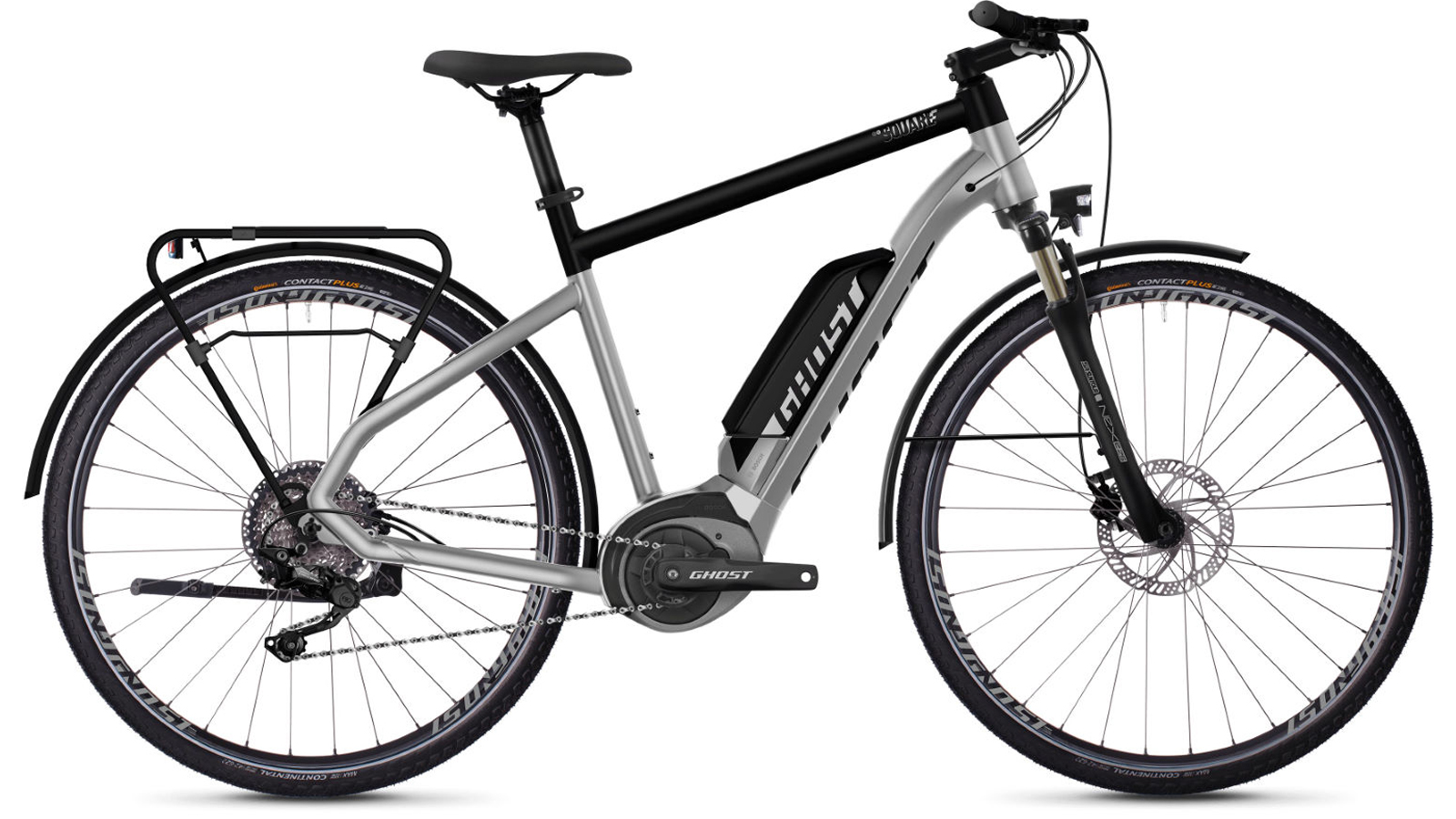
Electric bike (E-bike)
Reasons to buy
Reasons to avoid
The best electric bikes come in all shapes and sizes, and are not limited to one style of bike. You can find electric road bikes, e-mountain bikes, e-hybrid bikes, and e-cargo bikes, each with the unique features of their bike’s style. An e-bike is essentially a regular bike – be it road, mountain, cargo, etc. – with an electric motor attached, usually around the downtube. These motors can be charged and used at different levels throughout your ride, or even turned off for a more natural riding experience. E-bikes are not motorcycles, as their range of power is limited (usually to a couple of hundred watts), and you’ll have to pedal in order for the motor to kick in. This is called pedal-assist.
E-bikes are for everyone, from seasoned road racers and mountain bikers, to first-time commuters and beginner cyclists. You can use the motor to speed up your work commute, to ride further and faster and not arrive sweaty, or to finally conquer that one climb you’ve never been able to summit. You can also join faster riders or even your experienced-cyclist-spouse on an e-bike. On an e-bike, the options are almost endless.
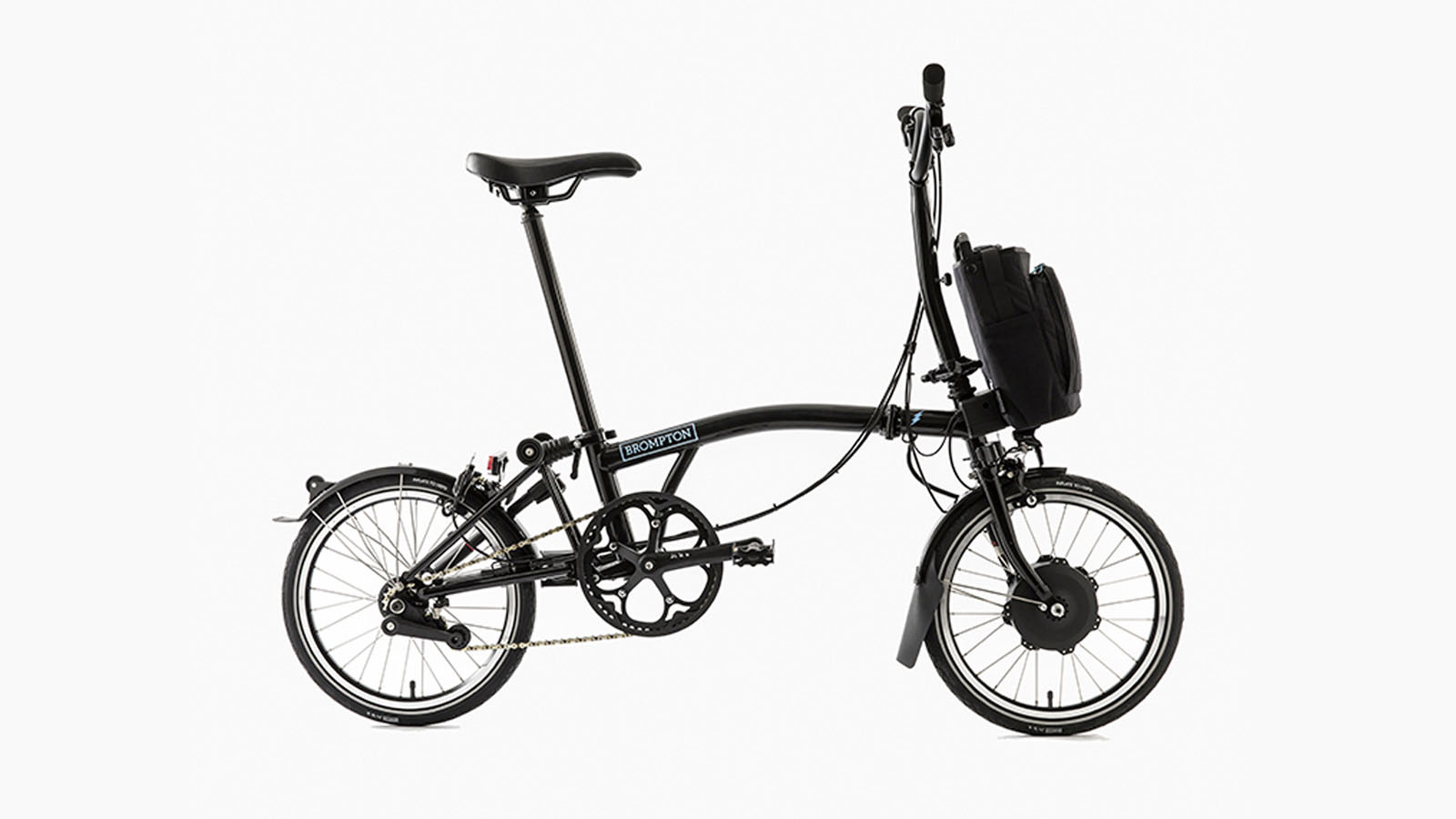
Folding bike
Reasons to buy
Reasons to avoid
Designed for the bicycle commuter, the best folding bikes are an amazing piece of technology in the cycling world. These frames fold in the middle, and can be carried like a briefcase onto a bus, train, or ferry. Many will even fit in the trunk of a car or taxi. You can navigate through the city or take your bike up to the office with a folding bike. The small, usually 20in wheels, improve steering in tight quarters, but they may struggle up hills. Indeed, the small frame of a folding bike is significantly different from a road bike, cruiser, or hybrid, and so the riding position may feel a bit unusual. The handlebars and saddle are also adjustable on most foldable bikes, making them even more compact for the city cyclist.
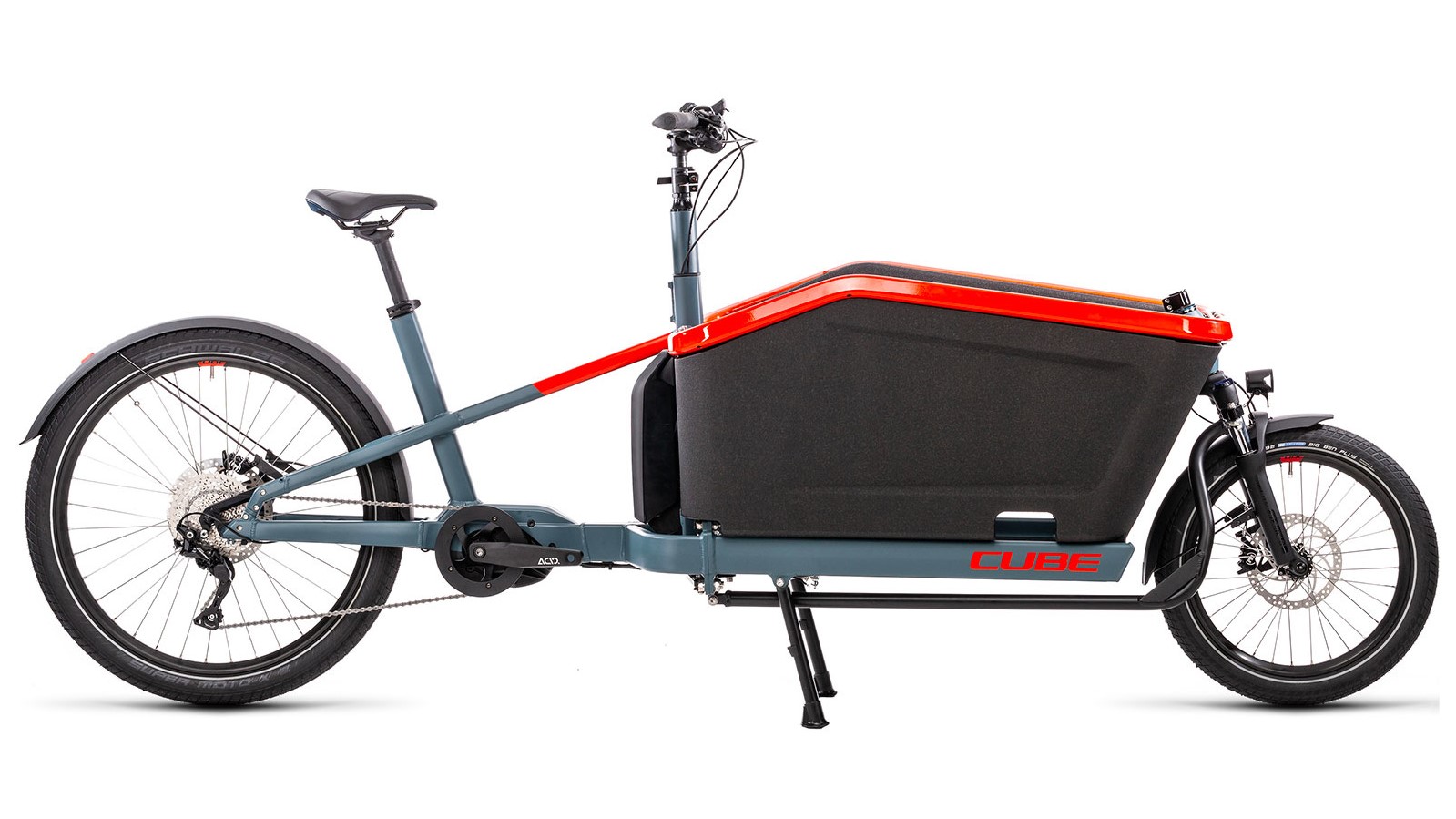
Cargo bike
Reasons to buy
Reasons to avoid
Cargo bikes are not meant for everyone, but for those it does suit, the cargo bike is an amazing tool. For moving gear, bags, food, and small people, cargo bikes have a huge range of capabilities for travel and transportation. Many cargo bikes are designed like hybrid bikes, but with a longer wheelbase and room for a large rack or basket. There are many different types of cargo bikes, some with the load in the front, and some with the load in the back. A few cargo bike styles – for the heaviest of loads – are tricycles, which make riding and balancing easier, while also distributing the weight more effectively. Cargo bikes are not meant for casual or off-road riding; but for cyclists without a car, a cargo bike is a fun solution to city living.
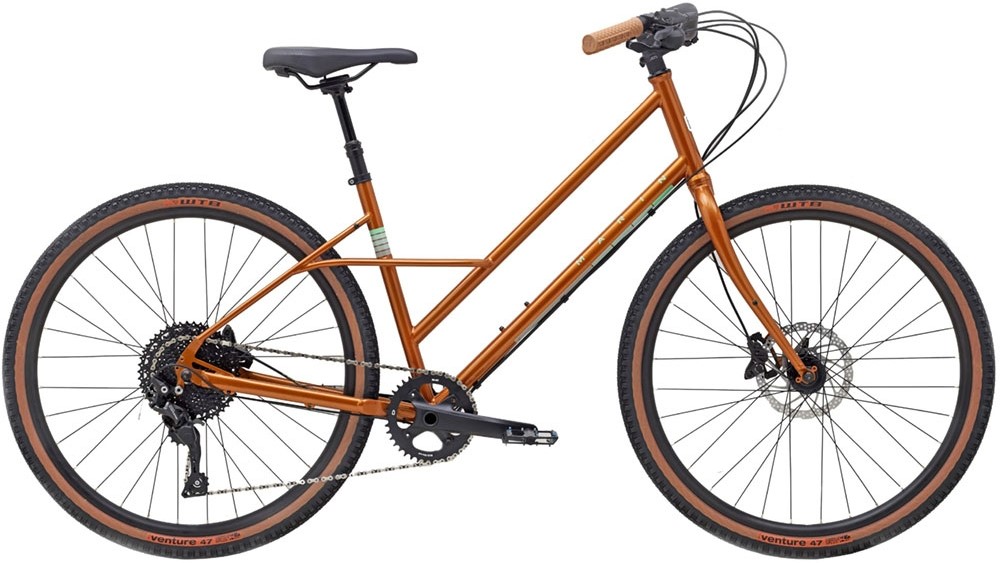
City bike
Reasons to buy
Reasons to avoid
Somewhere between a versatile hybrid and a casual cruiser is the city bike, a bike designed for – you guessed it – city riding. City bikes are not meant to go off-road like hybrids, but they’re much lighter and faster than cruisers. Basic components don’t give much potential upside to fast riding on city bikes, but that’s not what they’re meant for. Designed for comfort, city bikes often have a slightly curved ‘flat’ handlebar and upright riding position. Some come as a single-speed, while other city bikes have a small numbers of gears; but not as many as a hybrid. Many city bikes have mounts for mud guards, lights, baskets, and bags, making them perfect for commuting or light grocery shopping. If you live in the city but don’t have a car, a small investment in a city bike could be a great option for you.

BMX
Reasons to buy
Reasons to avoid
BMX bikes are designed for jumps, tricks, and BMX racing; and that’s about it - they're more of a toy than a means of transportation. Their tiny frames, gears, and wheels make them easy to throw around, but they’re very uncomfortable to ride on. They are closer to the size of a kid’s bike than an adult bike, including just a single-speed and 20in wheels. As it’s expected that you’ll crash and throw them around more than a few times, BMX bikes tend to be made of steel. However, one of the best parts of BMX bikes is that they require almost no maintenance. Besides trick riders and BMX racers, BMX bikes are a great kit for kids and teenagers.
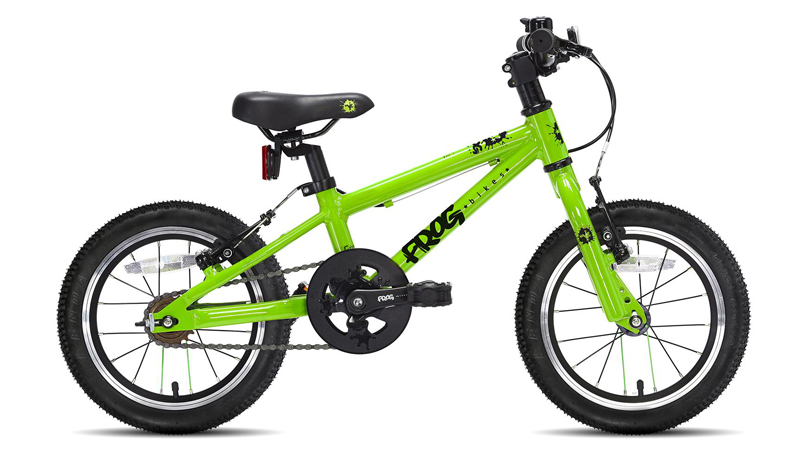
Kids' bikes
Reasons to buy
Reasons to avoid
Fitting children from ages 2 to 14+, the best kids' bikes are designed to be both fun and safe for all levels of cyclists. Beginning with the Balance Bike or Strider – which comes without pedals, brakes, or gears – kids' bikes feature range from basic single-speeds to full-on mountain bikes. Past the Balance Bike or Strider, kids' bikes are sized in 2in increments based on their wheel size, from 12in wheels up to 24in wheels for teenagers. Many kids' bikes will feature knobby tyres, disc brakes, and a small gearing range that will help them pedal up hills, grip in the corners, and come to a quick and safe stop. Some kids' bikes have back-pedal brakes, and a low saddle height to ensure that they can touch the ground with both feet while sitting on the saddle.
Usually at the 16in size of kids' bike, manufacturers start adding on handlebar-mounted brakes and a freewheel hub. Once you reach the 20in and up range, kids' bikes start to become specialised, with road bike styles, mountain bikes, hybrids, BMX, and more.
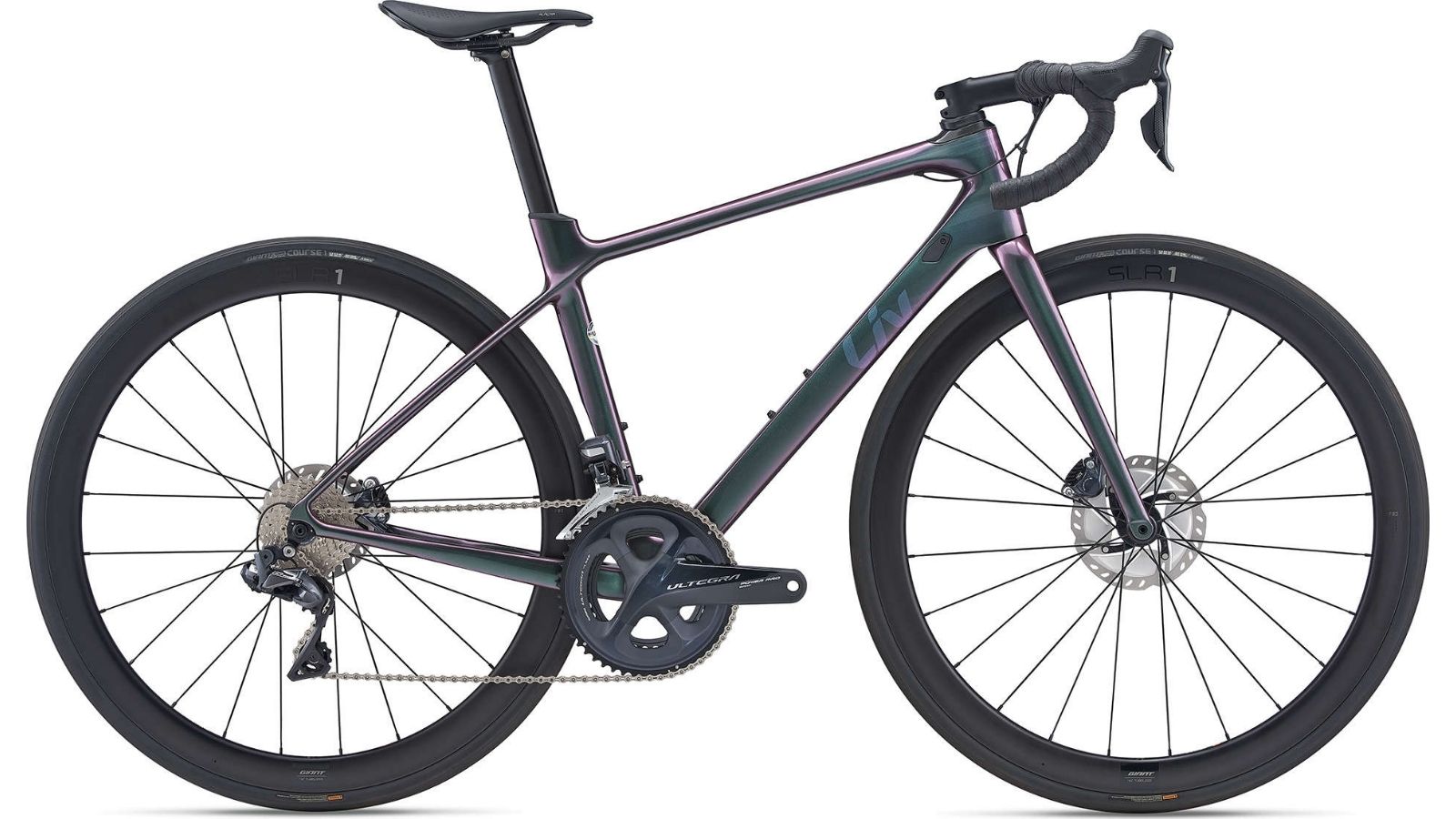
Women’s bikes
Reasons to buy
Reasons to avoid
Some manufacturers make their women’s bikes significantly different from men’s, while other’s are basically the same. In general, the best women’s road bikes might have low-step frame geometry, a lower and shorter top tube, a women’s-specific saddle, and different colours to choose from. You can also get women's gravel bikes, women's hybrid bikes, and women's e-bikes.
Many riders simply prefer a well-fitting frame, which you can find in either men’s or women’s bikes, depending on your individual proportions. The low-step frame geometry, most commonly (though not always) found in women's specific models, is a great feature for those who don’t want to (or cannot) swing their leg all the way over the frame, while women’s-specific saddles that tend to come with a cut-out and shorter nose are preferred by many. Most women don’t necessarily need a women’s-specific bike, but the option is there for you to try.
For more on this subject, read our feature that answers the question, can women ride men's bikes?
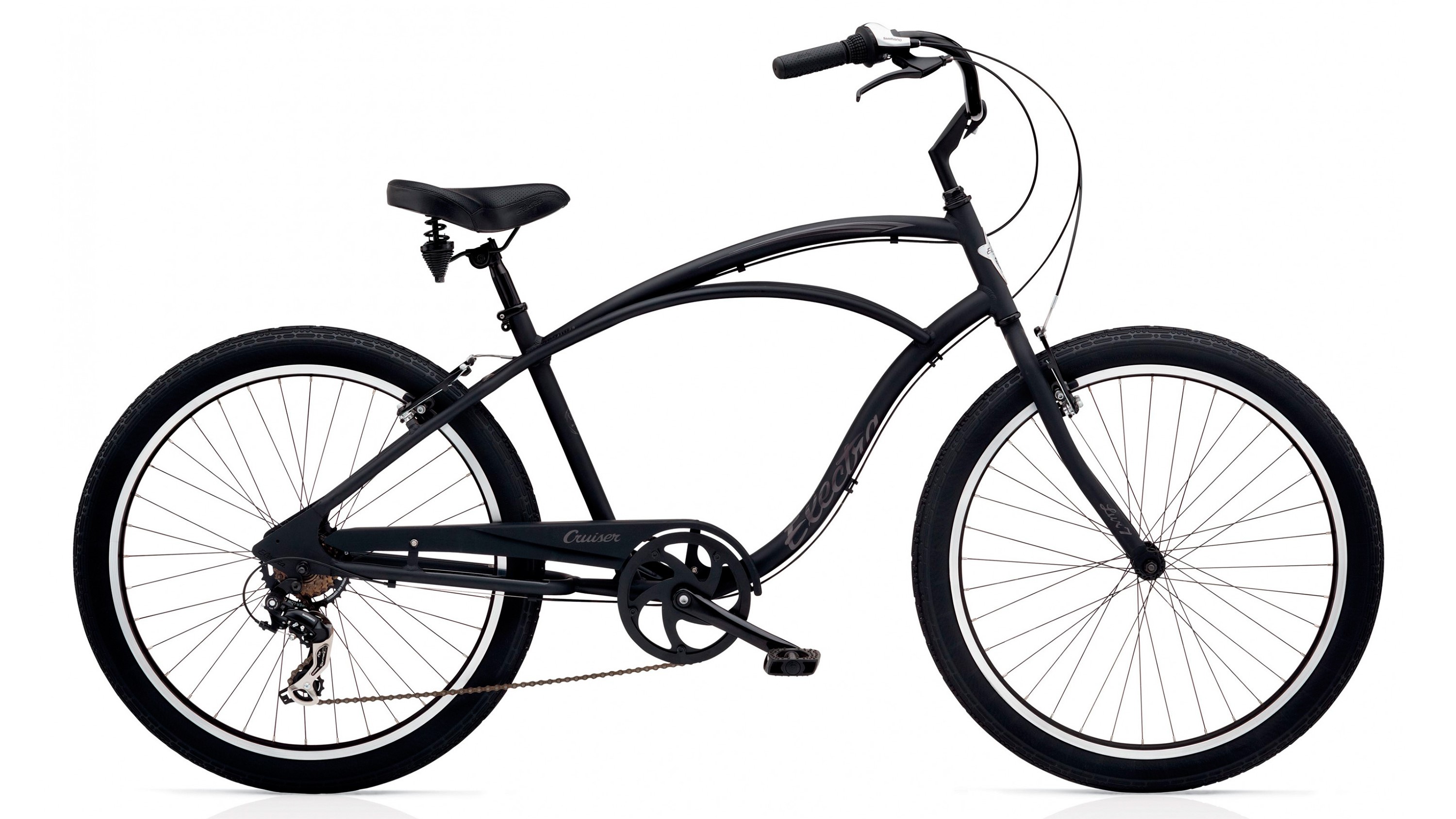
Cruiser
Reasons to buy
Reasons to avoid
Cruisers are meant for casual rides around town, along the beach, or to the market. But that’s about it. Most are limited to one gear (single-speed), with a rigid frame and wide handlebars that are more comfortable than they are functional. The flared handlebars and overall build of the frame lend cruisers towards a very upright position that is casual and comfortable. Cruisers are great for beginner-level riders and the older crowd because of their comfort and function. Without disc brakes, and being limited to a single gear, you won’t want to take a cruiser up or down any hills. Most cruisers do have internally-geared rear hubs, which keeps them dry and protected.
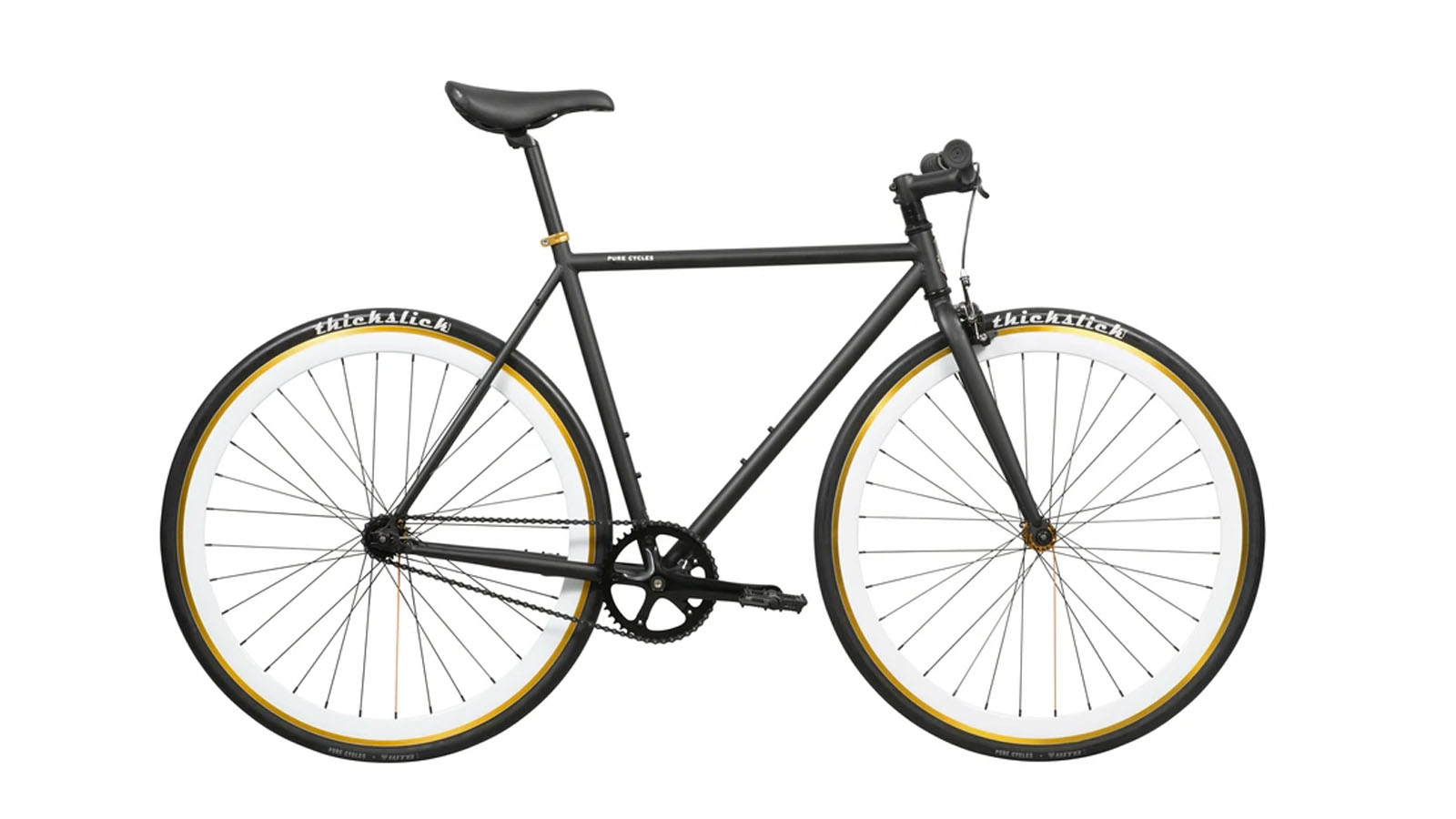
Fixie/Singlespeed
Reasons to buy
Reasons to avoid
Typically ridden in cities, the best single-speed bikes - and fixies - are simple and elegant. Reminiscent of Tour de France bikes 100 years ago, these bikes have narrow tyres and only one gear – that’s one chainring up front and one cog in the back. Fixies – or fixed gear bikes – are not fitted with a freewheel, which means that the rear wheel is locked to the rear cog. You can pedal forward and pedal backwards, but you cannot coast or freewheel on a fixed gear. These bikes normally don’t have brakes either (although many riders add one on for safety reasons), and so you slow down and stop by ‘pulling’ back on the cranks to slow down the rear wheel. Experienced fixie riders will stop the rear wheel while riding and skid to a stop, but this is definitely something you’ll want to practice.
Single-speed bikes only have one gear, but they do have a freewheel which allows you to coast. These bikes have brakes, of course, but are limiting on hilly roads. You’ll need to pick a mid-range gear in order to pedal most of the time, but you’ll be grinding up steep hills, and spinning a high cadence on the downhills. Because fixie/single-speeds don’t have derailleurs (and sometimes don’t have brakes), they are much cheaper and easier to maintain than road bikes, hybrids, etc.
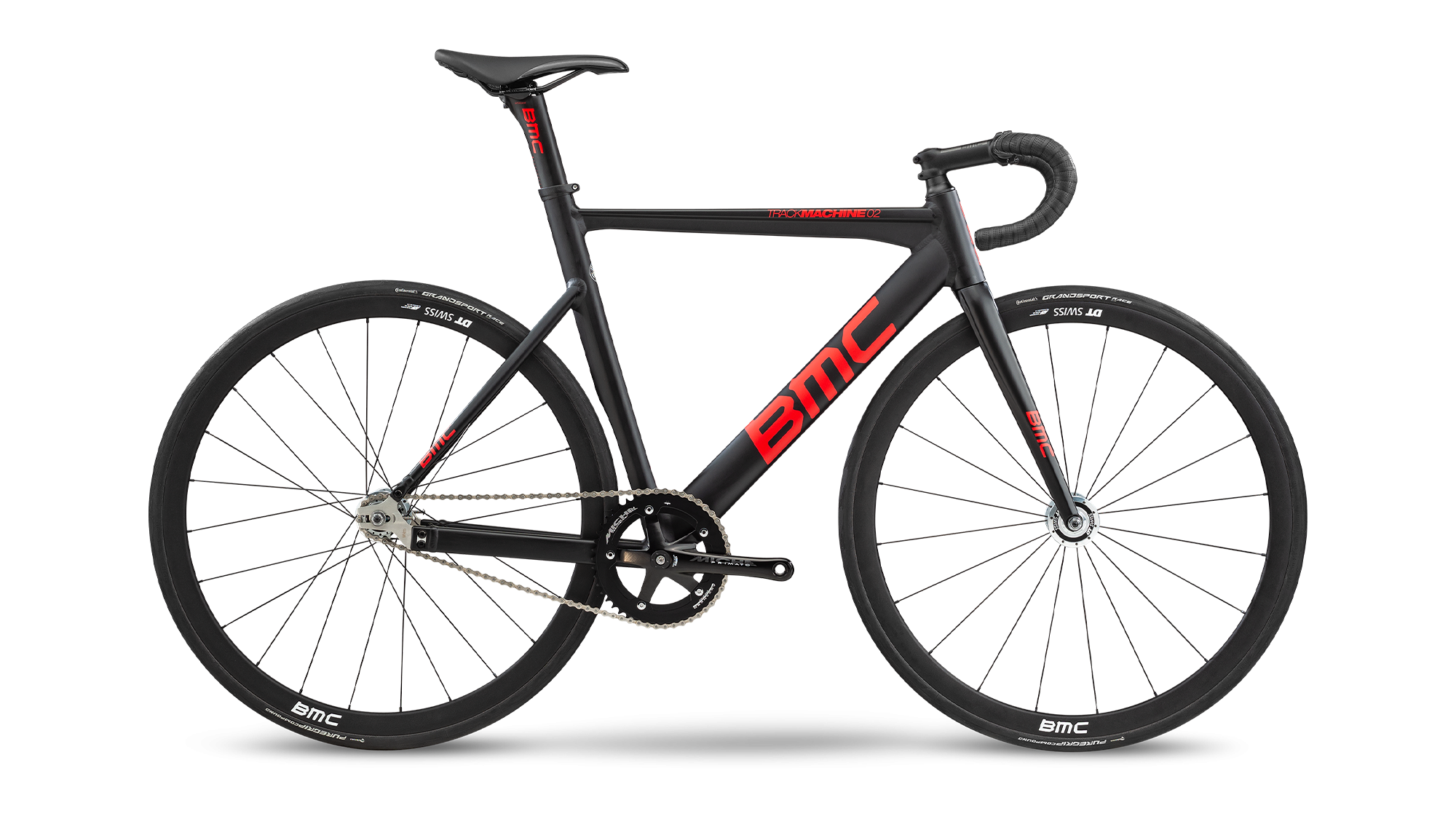
Track bike
Reasons to buy
Reasons to avoid
Track bikes are fixed gear bikes, but they are also designed to be fast and aerodynamic. Casual fixies are built with basic frames, whereas track bikes are built with lightweight carbon frames and strong but lightweight handlebars. Meant for velodrome-riding only, track bikes are the one and only choice for track racing, and are significantly cheaper than other racing frames. One of the biggest drawbacks of a track bike is that you’ll have to change gears constantly between your warm-up, mass start racing, and timed track racing. Removing the cogs and chainring is a bit of a process, but can be quickly learned by beginner cyclists.
How to choose a bike
So, there are a lot of options. But how do you choose the bike best-suited for you? Here are a few key features to look out for, that will help you narrow your search down and help you find the perfect bike.
How much should you spend on a bike?
Some bikes are more expensive than others – road bikes are generally more expensive than hybrids, for example. And hybrids are generally more expensive than fixies/single speeds. When you’re narrowing down your search, look for bikes that share similar qualities: road bikes and hybrids, for example. Unless you want to hit up the local racing scene, a cheaper hybrid bike will be well worth the discount, even if it does mean your bike is a couple of kilograms heavier.
Riding goals and terrain
Where do you want to ride, how fast, and up how many hills? Your answers to these questions will tell you if you need a high-performance bike or a bike made for casual riding. If you’re just commuting to and from work on a flat cycle path, then a lightweight road bike isn’t really necessary. But if you’re looking for a bike to take up into the mountains or challenge yourself on some local hill climbs, than a lightweight road bike is exactly what you need. The same goes for off-road riding. Gravel bikes, mountain bikes, and cyclo-cross bikes are some of the best off-road riding options, whereas fixies/single speeds and road bikes are meant for the tarmac.
What style bike do you want?
Often an over-looked factor in bike-buying is style, or how a bike looks. Depending on the crowd and your surroundings, a road bike may be a far better option than a hybrid. For riding around town, city bikes and fixies/single-speeds look cool and comfortable, while gravel bikes and mountain bikes are best-suited for off-road terrain.
Looks are also important when it comes to theft. If you’re leaving your bike outside – say, locked on the sidewalk outside your apartment – you’re going to want a bike that looks cheap. A fixie/single-speed looks (and is) much cheaper than a shiny Pinarello road bike, and that’s something to consider for when and where your bike is stored.
How should a bike fit?
Some bikes are meant to be more comfortable than others. Cruisers and hybrids, for example, are a lot more comfortable than road bikes and cyclo-cross bikes. This is because the latter are geared towards performance, aerodynamics, and cornering, while the former are meant for ‘cruising’ around town. Casual bikes will have more upright positions, thicker and more comfortable saddles, and wider tyres to cushion your ride as much as possible. Road bikes and cyclo-cross bikes, for example, are meant for speed and performance, and their aggressive geometry is something that you’re going to have to get used to. Follow our bike fit guide for more.
Durability
When you invest in a bike you want it to stand the test of time, so it's best to invest in something with durable components that can be serviced and repaired over time. If you don't know how to maintain your own bike and don't think you'll want to keep taking it to a bike shop for regular servicing, then opt for something low maintenance like a singlespeed or fixie, or something with internal hub gears (which aren't exposed to the elements) and a Gates belt drive instead of a chain.
As the saying goes, you get what you pay for, so if you're planning to use your bike every day all year round, perhaps as a commuter or doing the school run, then it's worth investing more on the outset for a good quality bike that is up for the task. Cheaper bikes are certainly out there, but the reason they're cheap is because they're designed to have a limited use, and this makes them only well suited to fairweather cyclists looking to take them out on the odd weekend afternoon ride a few times during the summer.
Get The Leadout Newsletter
The latest race content, interviews, features, reviews and expert buying guides, direct to your inbox!
Zach is a freelance writer, the head of ZNehr Coaching, and an elite-level rider in road, track, and e-racing. He writes about everything cycling-related, from buyer's guides to product reviews and feature articles to power analyses. After earning a Bachelor’s Degree in Exercise Science at Marian University-Indianapolis, Zach discovered a passion for writing that soon turned into a full-fledged career. In between articles, Zach spends his time working with endurance athletes of all abilities and ages at ZNehr Coaching. After entering the sport at age 17, Zach went on to have a wonderful road racing career that included winning the 2017 Collegiate National Time Trial Championships and a 9th place finish at the 2019 US Pro National Time Trial Championships. Nowadays, Zach spends most of his ride time indoors with NeXT eSport.